


Sustainable Aviation Fuel (SAF), technically known as synthetic paraffinic querosenes, is a synthetic fuel made up of a mixture of linear and branched hydrocarbons; its energy density and its physical properties conform to the characteristics of the conventional jet fuel. The similarity in properties is essential, given the extreme conditions of temperature and pressure to which the synthetic fuel is subjected during flight.
Biojet fuel can be produced from biomass, understood as organic matter of vegetable or animal origin - including organic waste - susceptible of being harnessed energetically.
Biomass can be first, second or third generation. Basically, the first generation is represented by all crops susceptible to be used in human food. In contrast, second generation biomass includes agricultural and forestry residues composed primarily of cellulose, as well as non-edible seed oils, such as jatropha, castor and camelina. On the other hand, the third generation biomass is represented by algae and microalgae.
The term in Spanish “bioturbosina” is only used in Mexico in accordance with the term used for aviation fuel (turbosina), globally known as Jet-A1. Other concepts that refer to this type of biofuel are alternative aviation fuel, sustainable aviation fuels for aviation, jet biofuel, biojet and green jet fuel.
The processes that have received their certification through the ASTM D-7566 standard are:
- Fischer-Tropsch.
- Hydroprocessing of esters and fatty acids (HEFA).
- Direct Sugar to Hydrocarbons (DSCH).
- Alcohol-To-Jet (ATJ).